Are you looking for a contractor?
Submit our quick form and get quotes now!
Table of Contents
Exoskeletons on Worksites: A Breakthrough Way of Working
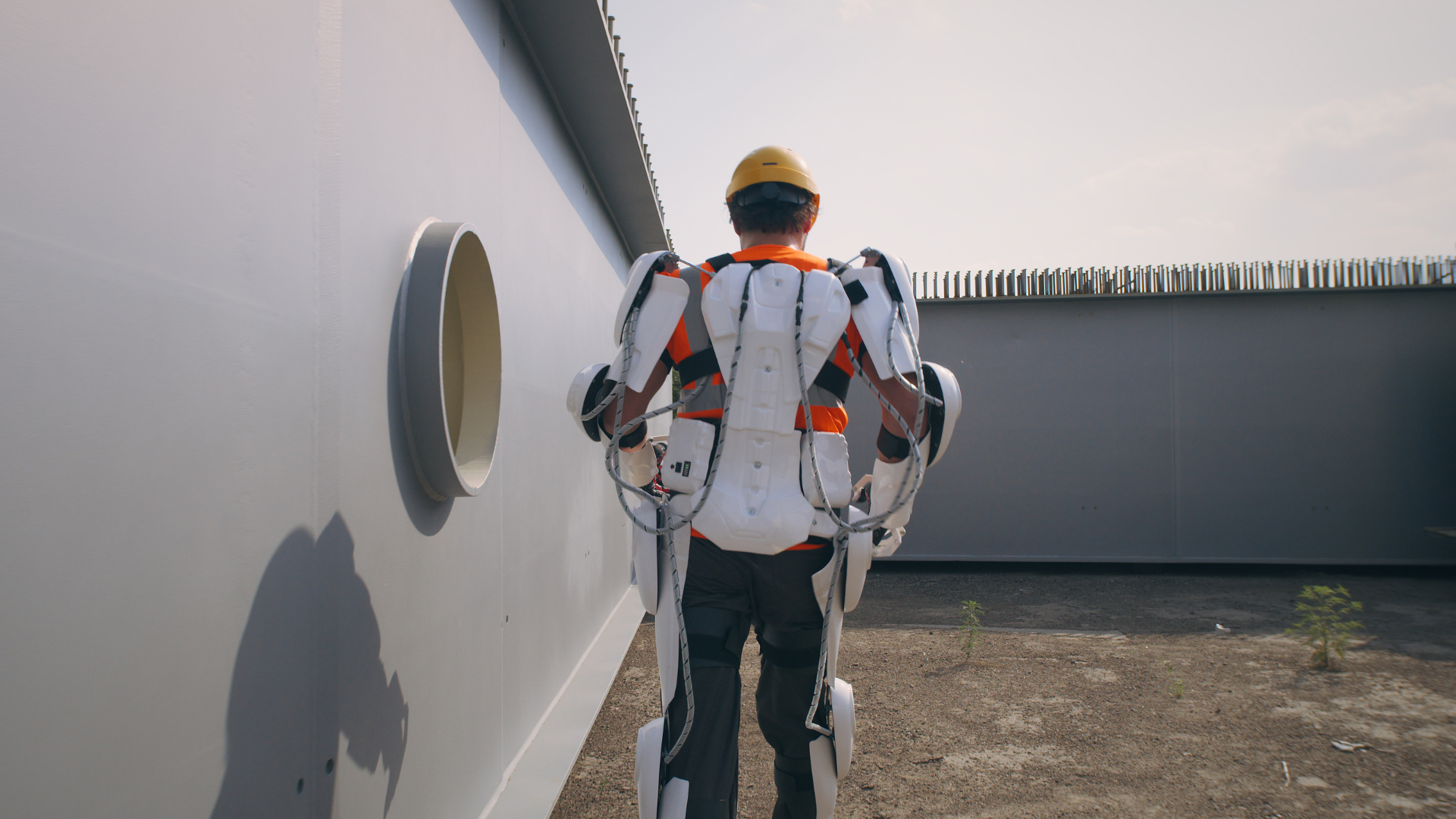

Exoskeletons on Worksites: A Breakthrough Way of Working
Information and news on the construction sectorExoskeletons on Worksites: A Breakthrough Way of Working
By 2028, the exoskeleton market will be valued at 2.9 billion U.S. dollars. At the forefront of this new, groundbreaking technology, Quebec-based businesses stand head and shoulders above the rest. So, what if, you too, were to equip your team with these new devices?
Your first exoskeleton might be Quebec-made. To make the right decision, here's everything you need to know about these wearable devices that can change a worksite for the better, both for employers and employees.
The Different Types of Exoskeletons
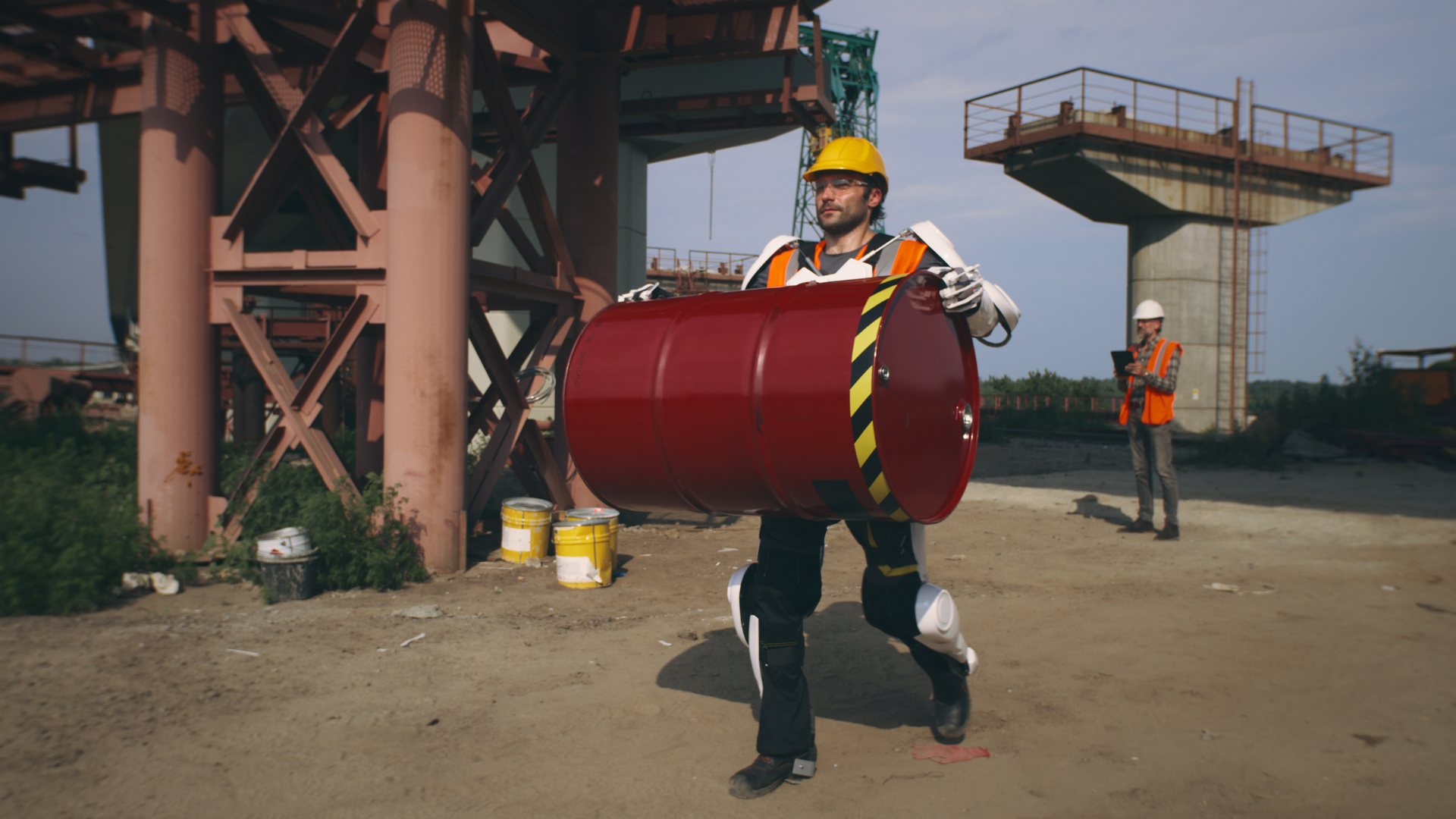
Active and Passive Exoskeletons
Passive exoskeletons are devices that forgo the use of all electrical means. To reduce the user’s biomechanical load and metabolic exertion, a passive exoskeleton mainly relies on the following:
Springs
Counterbalance forces
Levers
The purpose of a passive exoskeleton is simple: redistribute loads to relieve certain joints and body parts (lower back, knees, shoulders, etc.).
As for active exoskeletons, these aren’t designed to accomplish the same goal. They’re built to provide additional user force, on account of the following:
Electric motors
Hydraulic features
Pneumatic features
Motorized and Mechanical Exoskeletons
Motorized and mechanical exoskeletons are thus considered active exoskeletons. At times, one will refer to these devices as motorized exoskeletons, whether passive or active, because exoskeletons are mechanical devices designed for:
lower back support;
upper body or upper extremities support; and
lower body relief (mainly knees).
When carrying out physically exerting work, an exoskeleton may be considered as material handling equipment for assistance purposes. Since it’s also a wearable device, it’s just as important for it to be considered as personal protective equipment (PPE).
Full-Body or Partial Exoskeletons
A full-body exoskeleton is a device that perfectly moulds the human body, supporting it through full movements.
As for partial assistance devices, they’re solely aimed at supporting a specific body part. As such, it may be a passive device aimed at knee support with the help of a harness, articulated orthosis (brace), and springs.
However, it may just as well be an active device, relying on motors and sensors connected to artificial intelligence software. In such a case, the sole purpose isn’t to alleviate the strain put on the knees, but also to provide additional leg muscle strength.
We will go over this aspect in more detail in our last section dedicated to 100% Quebec-made exoskeletons.
Why Use an Exoskeleton? Uncover the Advantages of Doing So
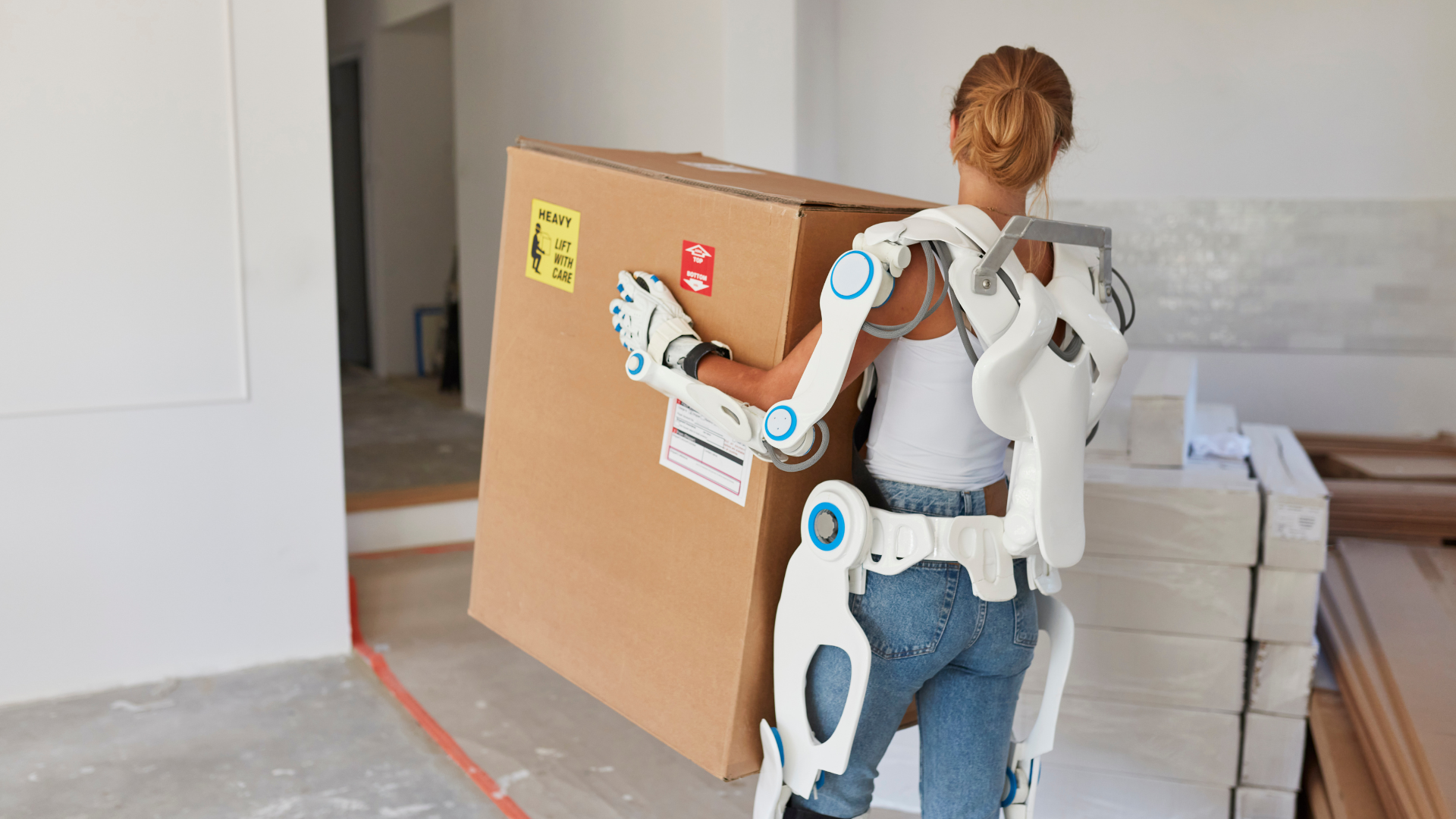
User-Related Health Benefits of Using Exoskeletons
Construction industry workers are among the most affected by labour-related musculoskeletal disorders. So much so that, in the United States alone, such injuries cost mutual insurance enterprises over 2 billion U.S. dollars every year. Among these disorders, the average annual account per worker looks a little something like this:
43% back pain and an 8-day medical leave;
16% shoulder pain and a 25-day medical leave.
The above-mentioned is exactly why construction industry companies heavily rely on devices to assist workers. Exoskeletons happen to fall smack-dab into this category.
Back and Shoulder Protection
Numerous types of exoskeletons support the back and shoulders to relieve loads. Among these are the following:
Shoulder exoskeletons
Tool balancers
Price points will be covered at the end of the article. However, for now, let’s focus on the fact that exoskeletons were designed to reduce lower back pain. During physical labour, these devices reduce:
peak spinal erector muscle use by 9%; and
muscle movement by 16%.
Furthermore, using such devices not only diminishes worker exertion but also improves their self-assurance, especially when they’re already suffering from back pain.
Leg and Knee Support
When it comes to construction workers, the knees are one joint that simply isn’t spared, since they’re expected to:
work kneeling down;
uphold heavy loads;
walk for extended periods; and
go up and down stairs and ladders.
Such activities impose excessive strain on knee joints. As a result, the latter will alter its structure to adapt to the worker’s activity, thereby changing one’s gait. Long-term, such changes lead to joint disorders, such as knee arthrosis, which is the premature wearing of the cartilage. To relieve the tibiofemoral joint, companies are now developing exoskeletons similar to those we mentioned earlier. Meaning devices that are either full-body or partial.
As such, Canadian company Mawashi manufactured an exoskeleton under the brand UPRISE®, capable of supporting 70% of a backpack’s load. It was developed with the military in mind, but it has a construction industry equivalent, courtesy of the American company Sarcos and its Guardian XO Max exoskeleton suit, which we will cover more in-depth below.
Exoskeletons in the Construction Industry
Load Handling and Working at Heights
Circling back to the Guardian XO Max full-body exoskeleton designed by Sarcos. Said device was manufactured specially for the construction industry, and it allows workers to effortlessly support loads of 198 lb (90 kg).
This means that the exoskeleton in question is robot-powered, thus active. However, tread carefully as this technology is still in its early stages. For now, researchers are playing it safe regarding the genuine worker-related advantages.
Indeed, occupational health and safety authorities, such as the French INRS (Reference Body for Occupational Risk Prevention in France) report that active exoskeletons still limit how easily and smoothly workers can move. However, it does alleviate pressure on joints by a 10% to 60% range.
And, there’s also a lot more research depicting the benefits of such support devices, including passive exoskeletons. It so happens that a scientific study was based on such material regarding manual sanding operations. Researchers have determined that wearing a passive exoskeleton lowered heart rates during occupational activities by 7% to 8%.
Reduced Fatigue and Increased Productivity
Fatigue stemming from physical exertion is directly linked to heart activity. As mentioned, an exoskeleton—even a passive device—reduces the strain put on the heart by 6% to 7%. How does this translate into muscle fatigue?
Still, in terms of the passive exoskeletons used to help workers carry out jobs with their arms extended, researchers were able to calculate the muscle energy needed by the front deltoid muscles (at shoulder level) and the operator’s degree of exertion. They were able to prove the following gains:
Front deltoid: 16% reduction
Fatigue: 41% reduction
However, and this is also linked to the disclaimer issued by occupational health and safety authorities, employees have felt a growing frustration and discomfort regarding the points where the exoskeleton makes contact with the body. As such, there’s room for improvement by manufacturers of this new technology.
As for improved productivity, thirteen studies are dedicated to the question seeking to determine the following:
Time spent working
Endurance
Duration of movement
Number of tasks done
Results have been positive in terms of physically demanding activities such as shovelling, welding, and electrostatic painting. However, the results were less clear-cut for activities like drilling, handling, and manual assembly.
Not everything is better with exoskeletons. Indeed, there are breakthroughs, but not all industries and trades are affected in the same way. In a way, a device that may help a team of concrete workers might not help those working with paving stones, and vice versa.
Everything to Know About Purchasing an Exoskeleton
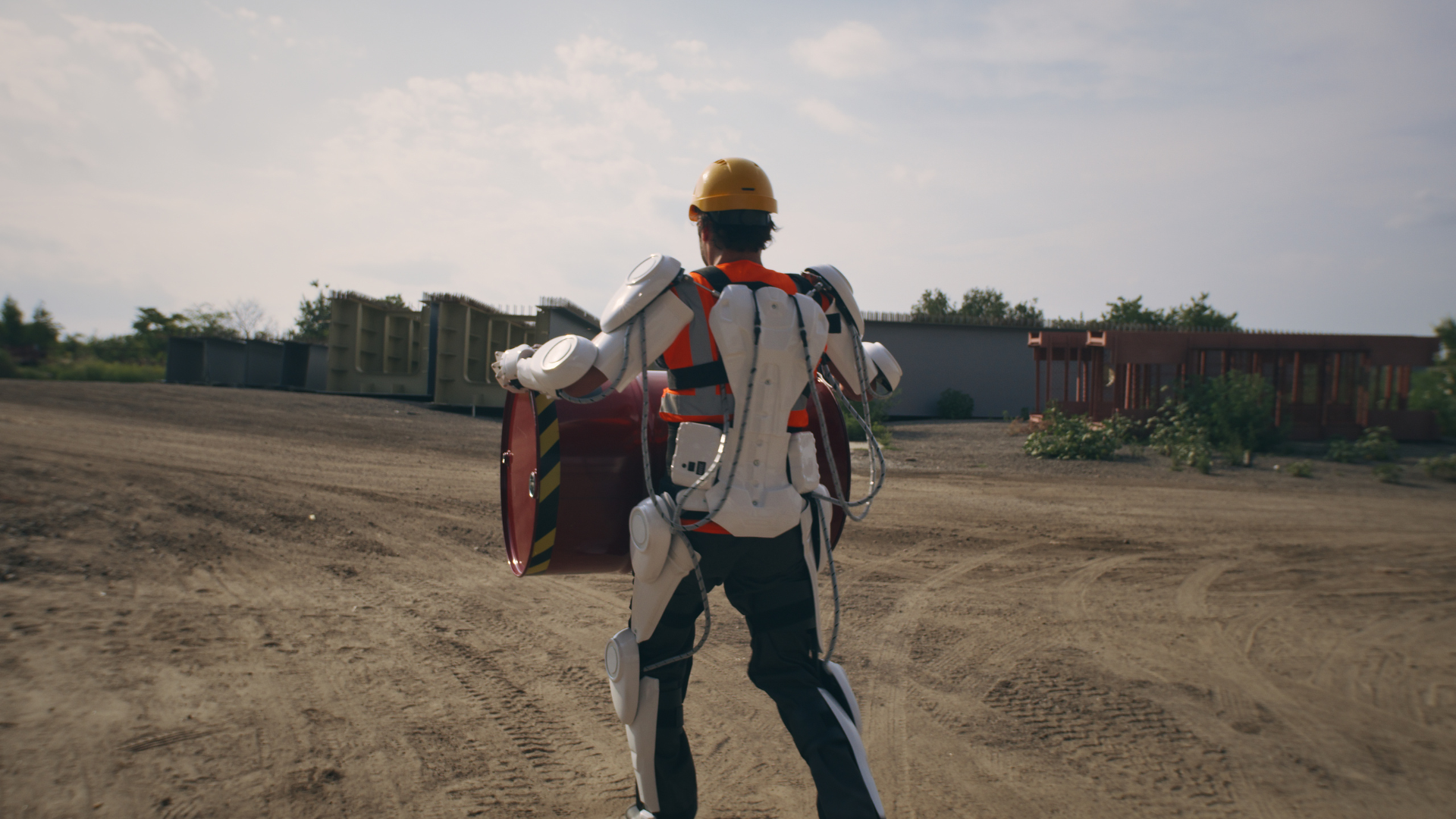
Where can you buy an exoskeleton?
For material handling purposes, two North American companies come to mind:
Quebec-based company Biolift; and
American company Sarcos.
Note that some exoskeletons, primarily passive devices, are retailed on various online platforms like Amazon, but it isn’t where we’d recommend investing in such technology.
Hence why we’re now going to take a closer look at Biolift at the end of this article.
How much does an exoskeleton cost?
You can buy an upper-body exoskeleton from Hilti. Retailed under the label EXO-S, you can find shoulder and neck supports starting at $1,769.
For example’s sake, in the knee exoskeleton category, Ski-Mojo has a device for $1,350 retailed at Echo Sports.
For exoskeletons primarily aimed at construction worker use, and those designed by Mawashi (UPLIFT™), Biolift, or Sarcos (Guardian XO Max), you’ll have to turn to said companies to request a need-adapted quote.
Quebec-Made Exoskeleton: Made 100% Locally
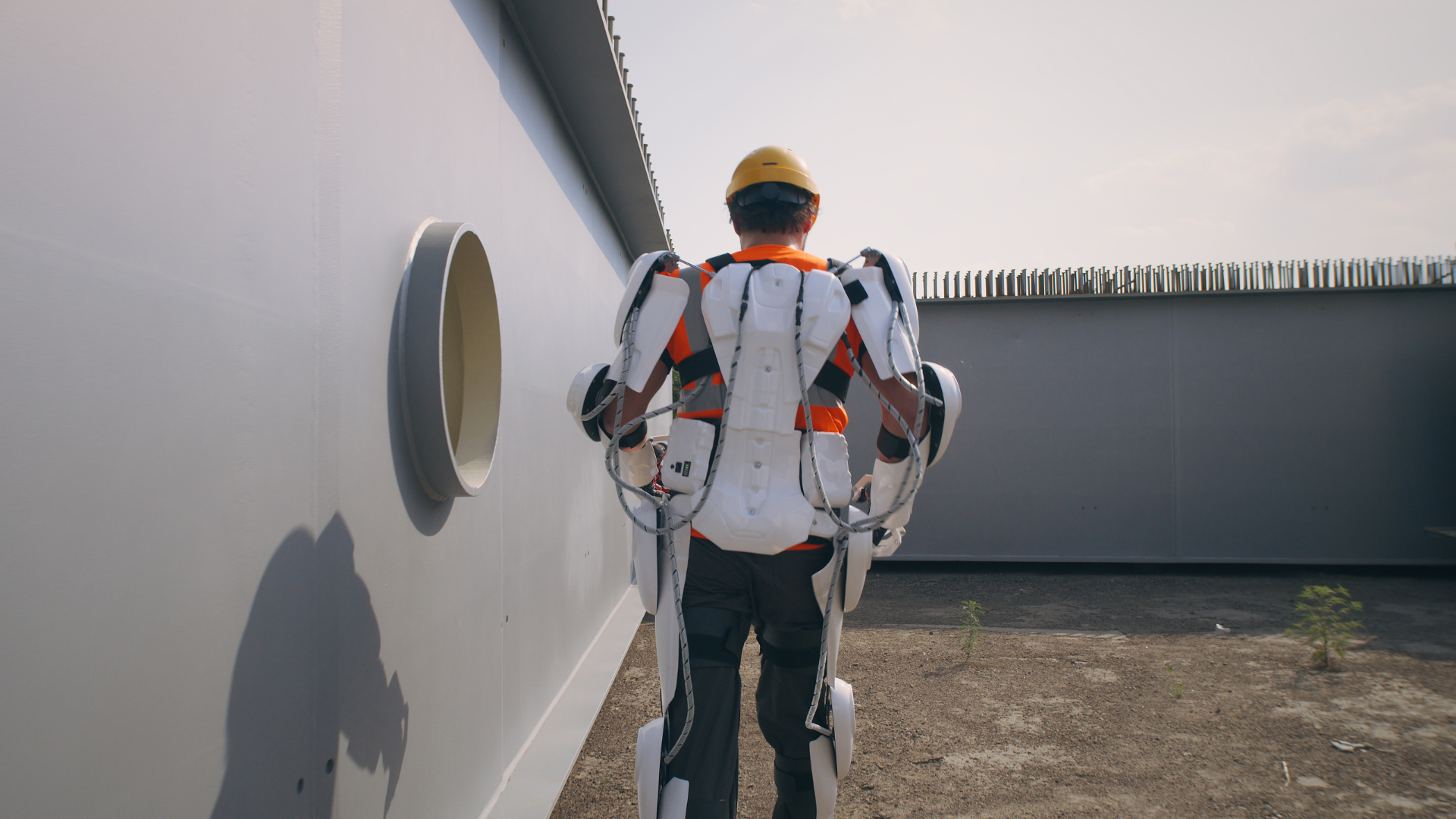
Between Canada, France, and the United States, the competition is brutal between the main global players. Among these, two Quebec-based companies are slowly putting down roots:
Biolift
Mawashi
Who is Biolift?
Biolift came about as a result of a need pinpointed by Eurovia Québec, a VINCI subsidiary, which was seeking to develop a project capable of limiting loads during physically straining activities performed by construction workers. Exoskeletons seemed like a natural segue, the safest route to take to ensure the desired results and limit workplace accidents or injuries.
The benefit of a company like Biolift is that it was created by construction professionals, partnering with numerous local businesses operating in a similar field.
Therefore, the material presented is entirely aimed at worker-related needs. If you recall from before, the aforementioned factor is paramount, as employee needs differ greatly based on worksite trades.
This may be where Mawashi is lacking.
Who is Mawashi?
Based in Saint-Jean-sur-Richelieu, Mawashi was founded in 2003 with the mission to develop bodysuit-like equipment to help workers. However, it wasn’t meant for construction industry workers per se nor employers that were supporting a lot of medical leaves.
Mawashi was first and foremost focused on the army and defence, developing exoskeletons designed for military use, under the brand UPRISE®. If the company “made it,” it’s mainly on account of the Pentagon, which selected teams to design exoskeletons made specially for the United States Armed Forces.
Its device, UPLIFT™, designed for construction industry employers who want to equip their employees, has precisely the technology stemming from said experience. But, is it just as effective as Biolift’s product, made specifically for construction workers?
That’s up to you to find out by requesting quotes from both companies and maybe even putting a few devices to the test.
Exoskeletons in the Construction Industry: Another Stride Toward Worker Safety
The growing use of exoskeletons in the construction industry represents a significant technological breakthrough in improving the health, safety, productivity, and well-being of workers. These devices offer unparalleled ergonomic support, mitigating the risks of injuries resulting from repetitive physical strain and heavy loads, while optimizing the efficiency of carrying out physical labour. With ongoing innovations and widespread use, exoskeletons are becoming essential devices in modern workplaces, showcasing the construction industry’s commitment to progress and the well-being of workers.
Get new contracts for your construction or renovation company
RenoQuotes.com can help you get new contracts. We get new project proposals from clients seeking top-rated and trustworthy renovation professionals like yourself. To get started, simply fill in the form on our homepage (it only takes a few minutes) and receive information regarding potential clients by way of our services.
Dial 1-844 828-1588 to speak with one of our customer service representatives.
Last modified 2024-04-12
Looking for something else?
Related articles
The latest industry news, interviews, technologies, and resources.
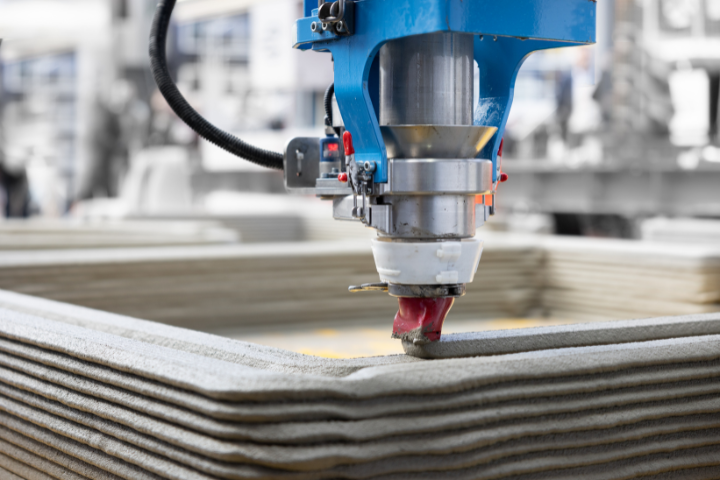
RenoQuotes.com • 15 Dec 2023
3D concrete printing is deemed the future of habitat for humanity. An overstatement? Think again—by 2060, 230 billion square metres will be needed to shelter our new fellow citizens, or the size equivalence of Paris multiplied every week over a 40-year period.

RenoQuotes.com • 07 Nov 2023
Regardless of the size of your home renovation project, it likely isn’t an easy undertaking. A lot of planning, time and energy go into a renovation and for this reason, you’re probably looking for a way to make things just a little bit easier.
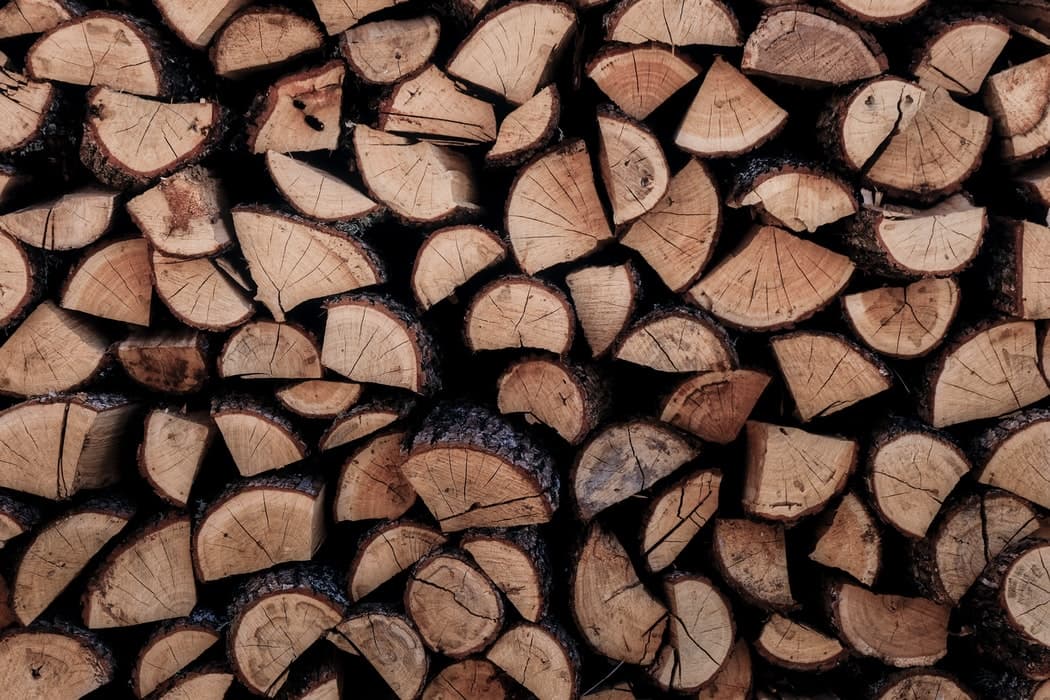
Karine Dutemple • 07 Nov 2023
If you've undertaken home renovations this year, you'll be aware that the price of lumber has soared to record highs due to the economic upheaval caused by the COVID-19 pandemic.

N/A • 07 Nov 2023
Whether working, taking care of young ones, recovering from a cold or cooped inside for one reason or another, there are times when we’re stuck at home for days with no end in sight.

N/A • 07 Nov 2023
Often on the blog, we discuss decor and design trends but we usually focus on the home front. This allows our readers to find inspiration to create the perfect layout for their interiors and exteriors. But what about those looking for ideas for their business?